Instagram has evolved from a simple photo-sharing app into a powerful platform where creators and businesses alike can generate significant income. If you’re wondering how to leverage your presence on this visual platform, you’re in the right place. You don’t need millions of followers to start earning; even smaller, engaged communities can be monetized effectively.
Whether you’re a budding influencer, a small business owner, or simply someone looking to tap into the creator economy, Instagram offers a variety of avenues to make money. Let’s explore nine proven methods to monetize your Instagram presence and turn your passion into profit.
9 Ways to Monetize Your Instagram Account
The beauty of Instagram monetization lies in its versatility. The most effective methods for you will depend on your content style, your audience, and the time and effort you’re willing to invest. It’s not just about follower count; it’s about building genuine connections and offering value.
1. Leverage Sponsored Content Partnerships
Sponsored content is a cornerstone of influencer marketing and a lucrative way to make money on Instagram. Brands recognize the authentic voice of creators and understand that genuine recommendations resonate more deeply with audiences than traditional advertising. By partnering with creators, brands can tap into engaged communities and build trust through relatable figures. For creators, sponsored posts offer a direct way to get paid for creating the content they love.
For these partnerships to be successful, authenticity is key. Rachel Karten, a social media consultant and author of the Link in Bio newsletter, emphasizes this point. “Many brands prefer to collaborate with creators who are already genuine fans of their products,” she notes. Rachel suggests proactive creators should reach out to brands they admire and propose partnership ideas.
Developing a recurring content format can be particularly attractive to brands. Think about Alix Earle’s popular “get ready with me” series. Makeup brands can seamlessly integrate into this format because her audience anticipates and enjoys these specific videos. This provides a natural and engaging opportunity for brand promotion.
Alix Earle Instagram Reel Example
When pitching to brands, clearly articulate your audience demographics and explain how their product aligns with your established content formats. Consider listing your profile on influencer marketplaces like Shopify Collabs to signal your availability for collaborations. This platform connects creators with brands actively seeking partnerships.
If you’re a business owner looking to collaborate with creators, research their existing content and identify formats that naturally fit your product. Avoid pushing creators to produce content that feels out of sync with their usual style, as authenticity is paramount.
Remember, transparency is crucial. Instagram mandates the use of the “paid partnership” label for all branded content, ensuring clear disclosure to your audience.
2. Establish Your Own Instagram Storefront
If you already operate an online store, Instagram is an indispensable tool for promotion and sales. However, even if you’re primarily a content creator, consider expanding your revenue streams by selling products directly through Instagram.
You can sell physical goods, digital products, or even services. The key is to align your offerings with your brand and audience interests. Use your content to showcase the value proposition of your products and utilize Instagram’s shopping features to create a seamless purchase experience for your followers.
The lines between creators and entrepreneurs are increasingly blurred. Many individuals are seeking independence and ways to monetize their skills and passions. Take pet influencer Loki the Wolfdog as an example. Loki transformed his Instagram fame into a successful brand, Loki Naturals, offering pet products.
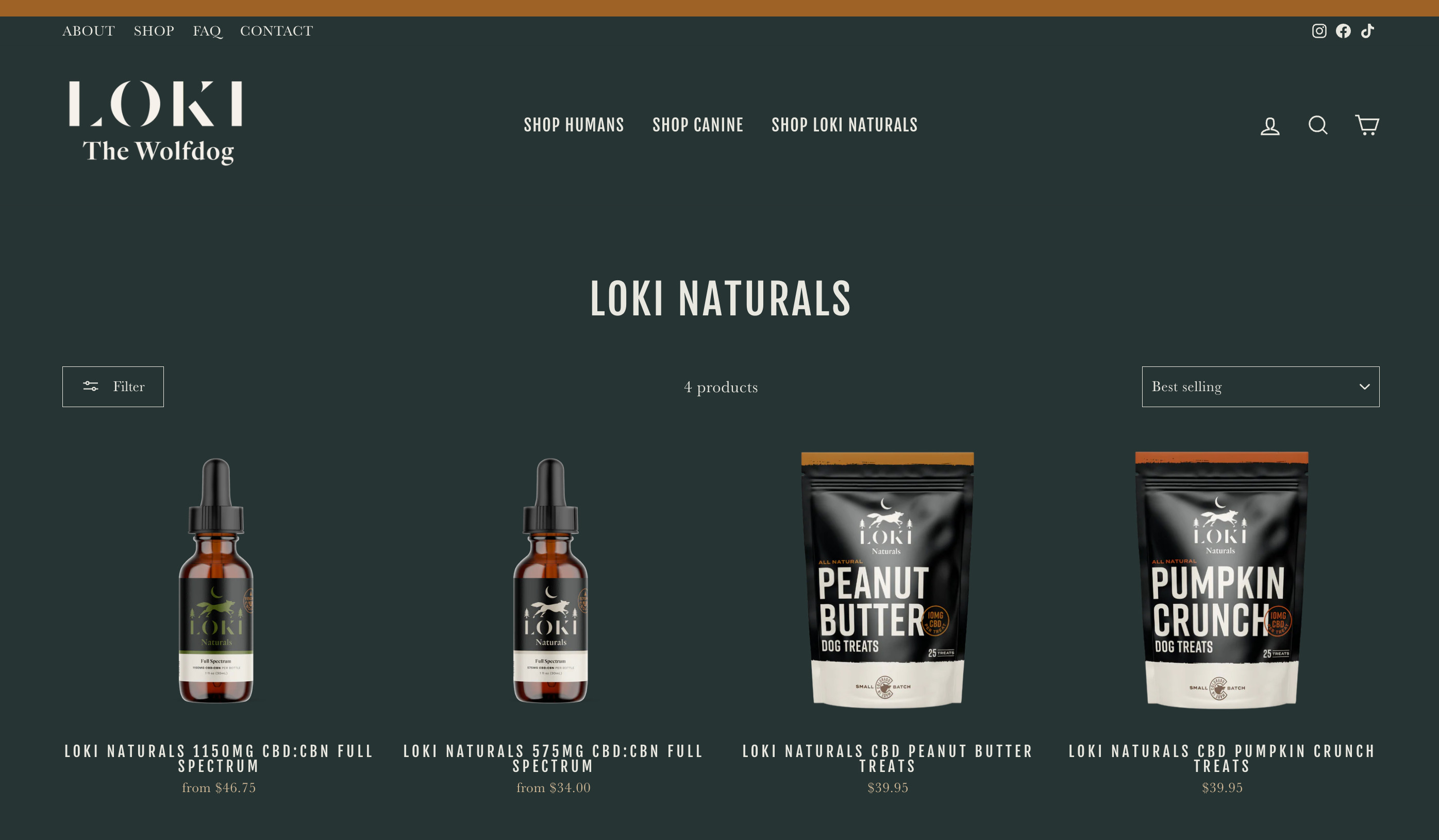 Alix Earle Instagram Reel Example
Alix Earle Instagram Reel Example
Setting up an Instagram shop allows you to tap into impulse purchases and cater directly to your engaged audience.
3. Design and Sell Branded Merchandise
“The natural progression for creators is to sell products because their consistent content creation provides ample opportunities to organically promote them,” explains Chris Vaccarino, founder of Fanjoy, a platform that simplifies merchandise creation and sales for creators.
Selling branded merchandise is a straightforward way to monetize your personal brand without developing entirely new products. You can create designs that resonate with your audience and print them on items like t-shirts, mugs, phone cases, and more.
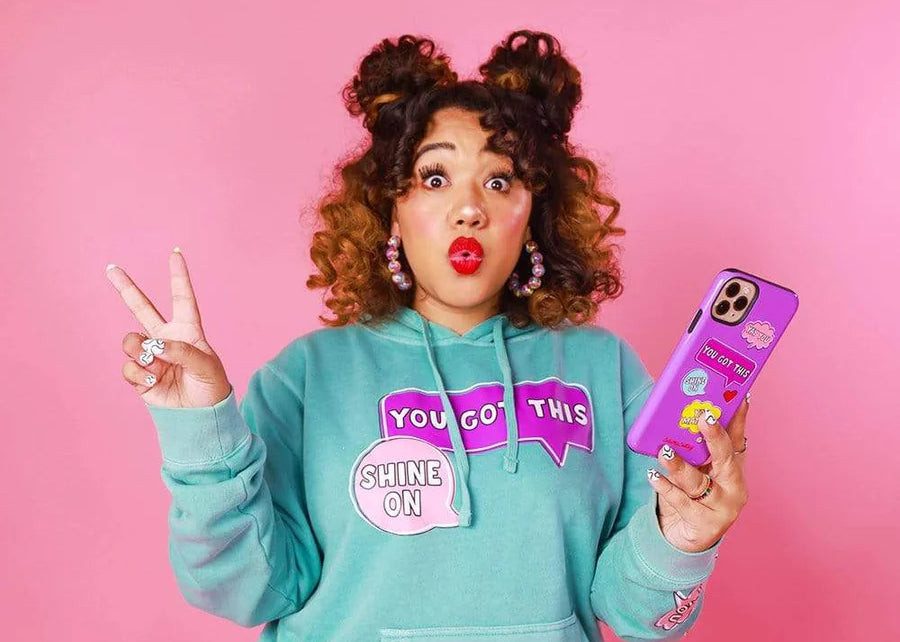 Color Me Courtney showcasing her branded merchandise
Color Me Courtney showcasing her branded merchandise
Platforms like Fanjoy and Printful simplify the process, handling production and fulfillment, allowing you to focus on design and promotion. This method leverages your existing brand recognition and provides fans with a tangible way to support you.
4. Become an Affiliate Marketing Expert
Affiliate marketing is a performance-based approach where you promote other brands’ products and earn a commission for every sale generated through your unique affiliate link or promo code. Unlike sponsored posts, where payment is often a flat fee, affiliate marketing income is directly tied to sales conversions.
Brands establish affiliate programs to manage these partnerships. If you’re a creator, you can directly approach brands or explore affiliate networks to find relevant opportunities. Popular affiliate programs are readily available across various niches.
Effectively promoting affiliate links requires strategic placement. Utilize your Instagram bio link, Instagram Stories (with swipe-up or link stickers), and link-in-bio pages to consolidate multiple affiliate links. You can also share promo codes within post captions to circumvent the inability to directly link in posts.
Fitness influencer Caullen Hudson expertly uses affiliate marketing, promoting brands like MVMT and directing his audience to his link-in-bio page where his affiliate links are readily accessible.
5. Master Social Selling with Instagram Shopping
Instagram has transformed into a dynamic shopping destination. Features like Instagram Shopping tags, which are interacted with by millions monthly, bridge the gap between product discovery and purchase.
If you have a Shopify store, integrating it with Instagram via the Facebook & Instagram app is highly recommended. This integration synchronizes your product inventory and customer data, streamlining order management directly from your Shopify dashboard.
Apparel brand Miracle Eye exemplifies effective social selling. While they have a standalone website, their Instagram shop provides seamless, one-tap access to their product collections for their followers.
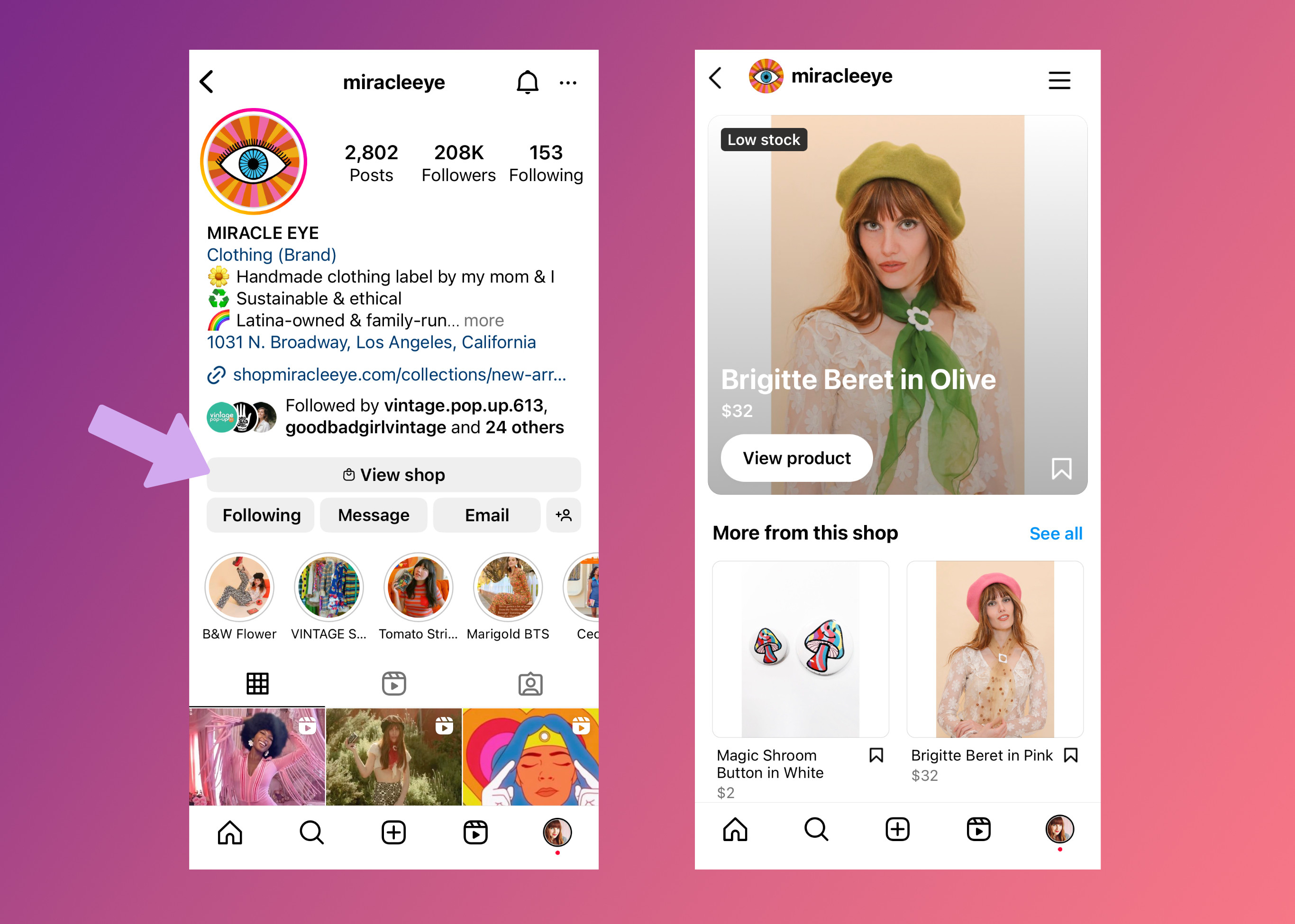 Instagram Shop examples showcasing product browsing and purchase flow
Instagram Shop examples showcasing product browsing and purchase flow
Customize your Instagram shop by creating curated collections based on themes, new arrivals, or gifting occasions. Your Instagram shop acts as a mini-version of your online store, featuring product images, pricing, and descriptions. Instagram users can then complete purchases directly within the platform, reducing friction and maximizing conversion rates.
Features like product stickers in Stories and shopping tags in posts further enhance the social selling experience, enabling followers to purchase directly from various touchpoints within Instagram.
6. Sell Your Photography or Digital Art
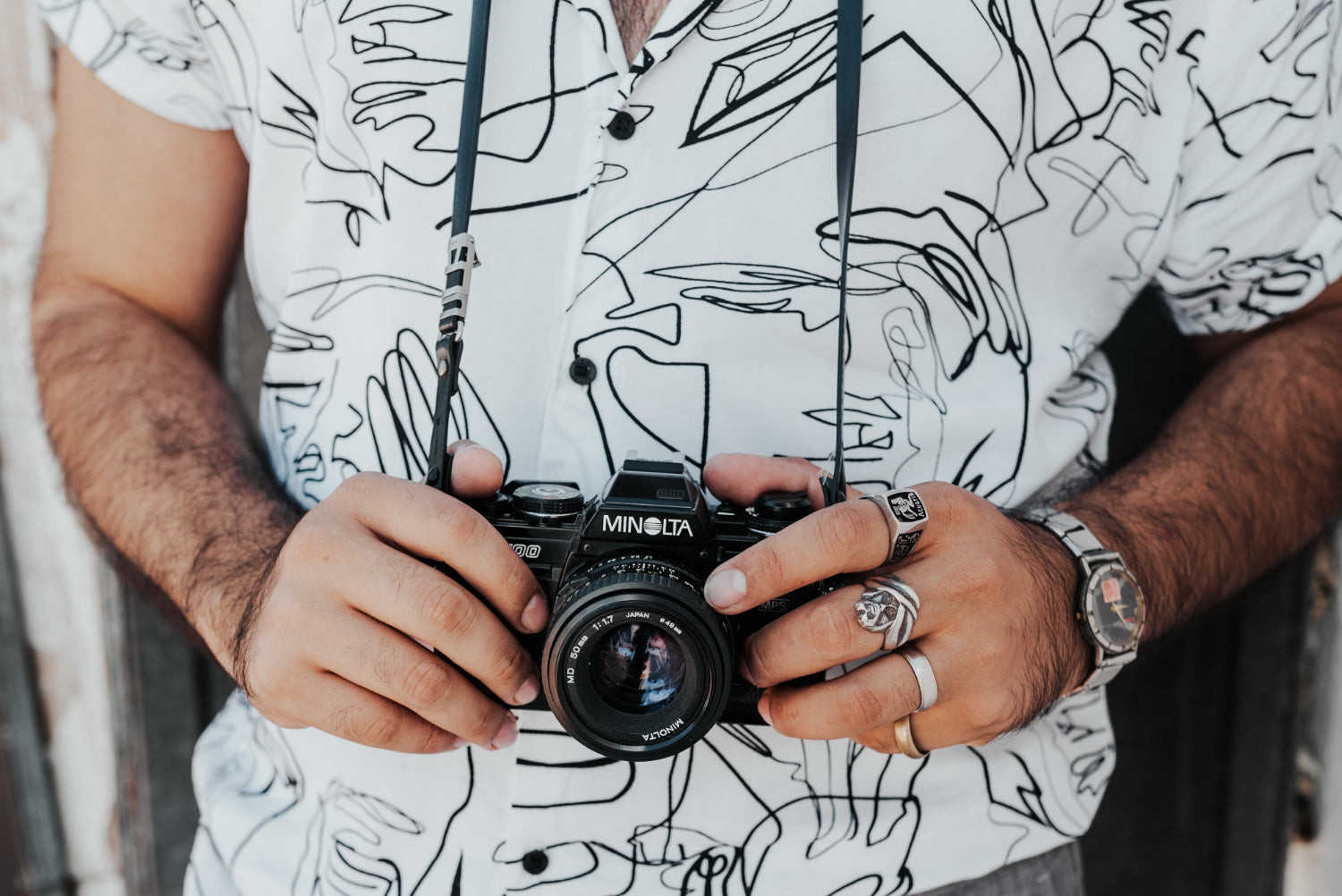 Close up of a photographer in action
Close up of a photographer in action
Despite the rise of video content, Instagram remains fundamentally a visual platform centered around photography. This makes it an ideal space for photographers and digital artists to monetize their work.
Several avenues exist for selling your visual creations:
- Utilize photography marketplaces like 500px and link to your portfolio in your Instagram bio.
- Sell prints or original artwork directly through your own online store and link to it from your Instagram profile.
- Leverage Instagram Shopping to sell your photos or art prints directly within the app.
- License your images on stock photo websites and use Instagram to drive traffic to your portfolio.
- Partner with print-on-demand services like Printful or Teelaunch to offer your photos or art on merchandise like tote bags and apparel, promoting these products on Instagram.
Artist Adam Spychala effectively uses his Instagram to direct followers to his online store, where he sells prints of his unique artwork.
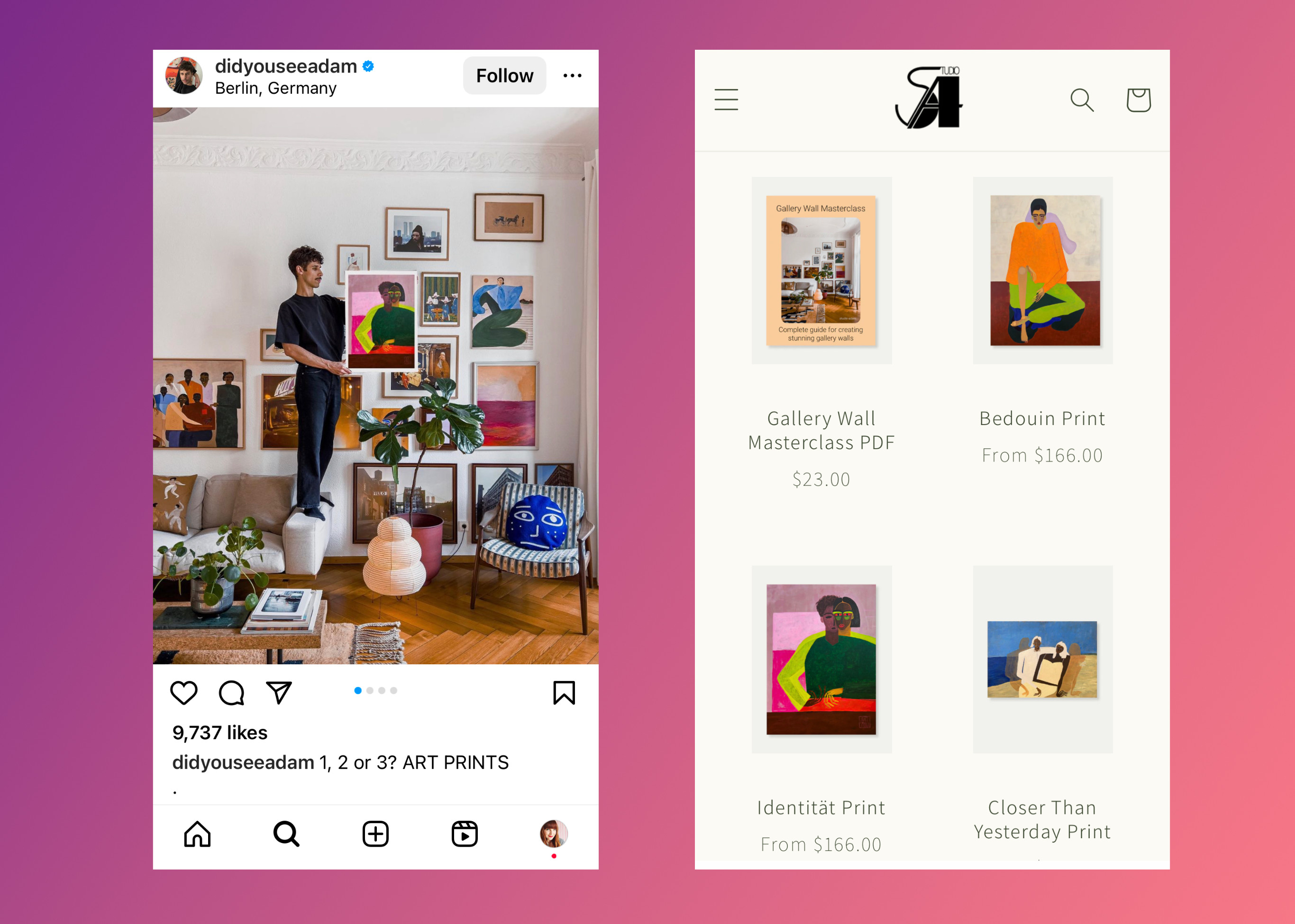 Instagram and Art Store mobile screens side by side
Instagram and Art Store mobile screens side by side
7. Earn Fan Support Through Live Badges
Instagram Live Badges function as tips from your audience, allowing them to directly support creators during live broadcasts. Similar to tipping features on platforms like Twitch and TikTok, Live Badges enable you to generate income simply by engaging with your audience in real-time.
During an Instagram Live session, viewers can purchase badges in increments of $0.99, $1.99, and $4.99. These badges not only provide financial support but also unlock special features for the purchasing viewer, such as prominent placement in comments.
Instagram also offers Gifts on Reels, allowing viewers to purchase Stars which creators can then convert to earnings, providing another avenue for fan-based monetization.
8. Offer Exclusive Content via Paid Subscriptions
Rachel Karten highlights the broader value of Instagram beyond direct sales or sponsorships: “Think of Instagram in terms of awareness building.” Once you’ve cultivated a loyal following through engaging content, offering paid subscriptions can be a powerful way to deepen engagement and generate recurring revenue.
Instagram’s native subscription program is available to eligible creators and allows you to offer exclusive content to paying subscribers. Alternatively, third-party platforms like Patreon or Substack can facilitate subscription-based models. Substack is particularly useful for creators looking to offer members-only newsletters alongside their Instagram presence. You can even gate access to portions of your online store, offering exclusive perks to subscribers. These subscription models also provide opportunities to build your email list and cultivate audience ownership beyond the Instagram platform itself.
Astrologer Aliza Kelly effectively promotes both her Substack newsletter, The Practice, and her paid community, The Constellation Club, on her popular Instagram page.
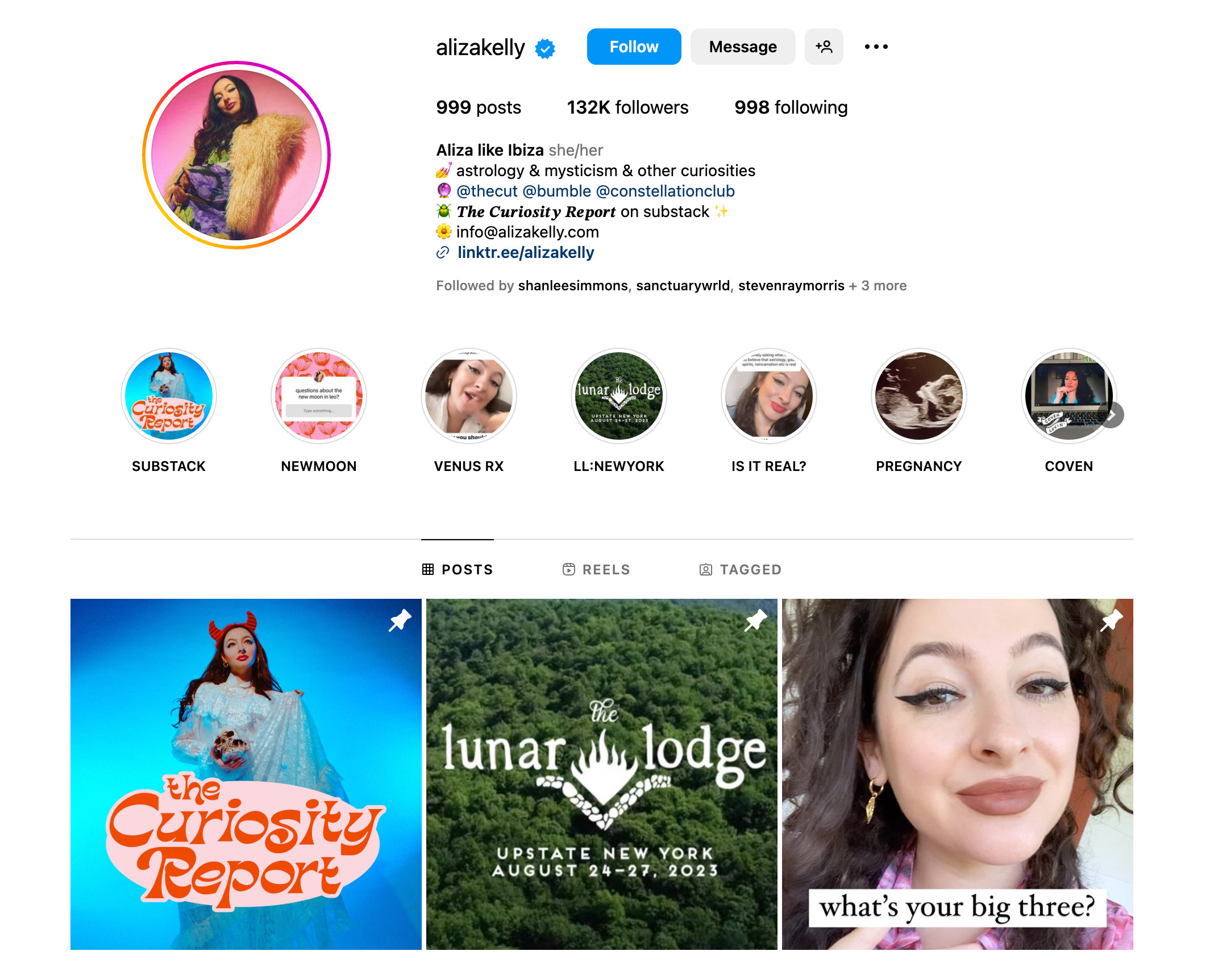 Instagram profile page showcasing subscription options
Instagram profile page showcasing subscription options
9. Host Closet Sales and Sell Used Items
If you have a strong sense of style or curate unique home décor, Instagram can be a platform for selling pre-owned items. Celebrities and micro-influencers alike have embraced the trend of “closet sales” on Instagram, capitalizing on their followers’ interest in their personal style.
Followers who admire your aesthetic may be eager to purchase your used items, especially if you’ve previously featured them in your posts. A simple approach is to showcase available items on Instagram Stories, encouraging followers to DM you to claim items on a first-come, first-served basis. Announcing sales in advance can generate buzz and drive participation.
Small businesses can adopt a similar strategy for virtual sample sales, offering slightly imperfect items or past-season inventory to their engaged audience through limited-time Story sales.
Key Factors Influencing Your Instagram Earnings
The potential income on Instagram varies widely. While some niche influencers with smaller followings can earn a substantial income by targeting high-value niches, celebrity accounts can command millions for a single sponsored post.
Several factors determine your earning potential:
Follower Count
Follower count is often used to categorize influencers and estimate their earning potential. Generally, influencer pricing aligns with these tiers:
- Nano-influencer: 1,000–10,000 followers ($10–$100 per post)
- Micro-influencer: 10,000–50,000 followers ($100–$500 per post)
- Mid-tier influencer: 50,000–500,000 followers ($500–$5,000 per post)
- Macro-influencer: 500,000–1 million followers ($5,000–$10,000 per post)
- Mega-influencer: 1 million+ followers ($10,000–$1 million+ per post)
Engagement Rate
A highly engaged audience significantly boosts the value of your content. High engagement, reflected in likes, comments, shares, and saves, signals to Instagram’s algorithm that your content is valuable, increasing its reach. Engaged followers are also more likely to respond to calls to action, such as clicking affiliate links or making purchases.
Affiliate Marketing Commission Rates
Commission rates vary significantly depending on the affiliate programs and product categories you promote. As your influence grows, you gain leverage to negotiate more favorable commission structures.
Niche Specialization
The profitability of your chosen niche greatly impacts your earning potential. Audiences interested in high-value products or demographics sought after by brands often command higher partnership rates.
Diversification of Income Streams
Relying on a single monetization method can limit your income. Exploring multiple income streams, such as sponsored content, affiliate marketing, merchandise sales, and subscriptions, can significantly increase your overall earnings. Long-term brand partnerships and content series can also lead to more substantial and consistent income.
Frequently Asked Questions About Making Money on Instagram
Can You Actually Get Paid on Instagram?
Yes, absolutely. Instagram offers numerous ways to earn income, including:
- Collaborating with brands on sponsored content.
- Participating in affiliate marketing programs.
- Driving traffic to your own online store.
- Establishing an Instagram Shop for direct sales.
- Selling your photography or art as prints.
How Many Followers Do You Need to Start Making Money?
While the threshold varies, creators with as few as 1,000 engaged followers can begin monetizing their Instagram presence through sponsored content. Earning potential is determined by factors beyond follower count, including engagement, content quality, niche, and audience demographics.
Does Instagram Pay You Directly for Likes?
No, Instagram does not directly pay users based on likes. However, Instagram has introduced a bonus program (invitation-only and for Reels and Live) that compensates creators based on content views and plays. Even without direct payments for likes, numerous other more lucrative monetization methods exist on Instagram, such as those detailed above.
